
Filter News
Area of Research
- (-) Biology and Environment (102)
- (-) Clean Energy (168)
- (-) Materials (122)
- Advanced Manufacturing (5)
- Biological Systems (1)
- Biology and Soft Matter (4)
- Building Technologies (2)
- Chemical and Engineering Materials (3)
- Chemistry and Physics at Interfaces (7)
- Climate and Environmental Systems (7)
- Computational Biology (1)
- Computational Chemistry (5)
- Computational Engineering (1)
- Computer Science (3)
- Data (1)
- Earth Sciences (1)
- Electricity and Smart Grid (1)
- Energy Frontier Research Centers (7)
- Fuel Cycle Science and Technology (2)
- Functional Materials for Energy (8)
- Fusion and Fission (32)
- Fusion Energy (7)
- Geographic Information Science and Technology (1)
- Isotopes (21)
- Materials for Computing (13)
- Materials Synthesis from Atoms to Systems (8)
- Materials Under Extremes (7)
- National Security (45)
- Neutron Data Analysis and Visualization (2)
- Neutron Science (72)
- Nuclear Science and Technology (27)
- Quantum Condensed Matter (3)
- Quantum information Science (4)
- Renewable Energy (2)
- Sensors and Controls (2)
- Supercomputing (153)
- Transportation Systems (4)
News Type
News Topics
- 3-D Printing/Advanced Manufacturing (25)
- Advanced Reactors (3)
- Artificial Intelligence (9)
- Big Data (8)
- Bioenergy (36)
- Biology (45)
- Biomedical (12)
- Biotechnology (7)
- Buildings (11)
- Chemical Sciences (11)
- Clean Water (13)
- Climate Change (29)
- Composites (4)
- Computer Science (21)
- Coronavirus (10)
- Cybersecurity (6)
- Decarbonization (26)
- Energy Storage (23)
- Environment (76)
- Exascale Computing (5)
- Fossil Energy (1)
- Frontier (3)
- Fusion (2)
- Grid (13)
- High-Performance Computing (13)
- Hydropower (5)
- Isotopes (6)
- Machine Learning (6)
- Materials (25)
- Materials Science (22)
- Mathematics (4)
- Mercury (7)
- Microelectronics (1)
- Microscopy (15)
- Nanotechnology (11)
- National Security (3)
- Net Zero (2)
- Neutron Science (11)
- Nuclear Energy (11)
- Partnerships (5)
- Physics (12)
- Polymers (5)
- Quantum Computing (1)
- Quantum Science (1)
- Renewable Energy (1)
- Security (4)
- Simulation (9)
- Space Exploration (2)
- Summit (8)
- Sustainable Energy (29)
- Transformational Challenge Reactor (2)
- Transportation (19)
Media Contacts
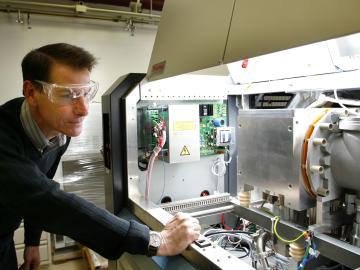
A group of nuclear detectives at the Department of Energy’s Oak Ridge National Laboratory takes on tough challenges, from detecting illicit uranium using isotopic “fingerprints” to investigating Presidential assassination conspiracies.
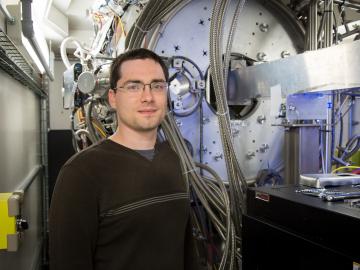
Rechargeable batteries power everything from electric vehicles to wearable gadgets, but obstacles limit the creation of sleeker, longer-lasting and more efficient power sources. Batteries produce electricity when charged atoms, known as ions, move in a circuit from a positive end ...
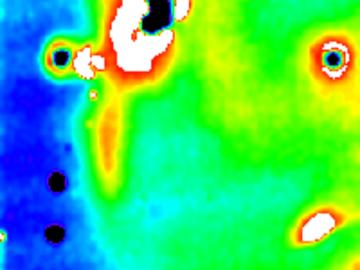
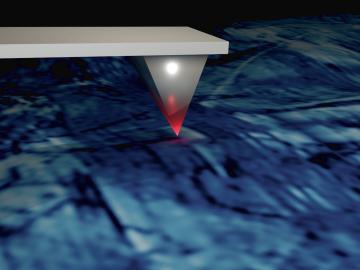

The Department of Energy’s Oak Ridge National Laboratory, FCA US LLC, and the foundry giant, Nemak of Mexico, are combining their strengths to create lightweight powertrain materials that will help the auto industry speed past the technological

Quasiparticles—excitations that behave collectively like particles—are central to energy applications but can be difficult to detect. Recently, however, researchers have seen evidence of quasiparticles called negative trions forming and fading in a layer of semiconducting mate...
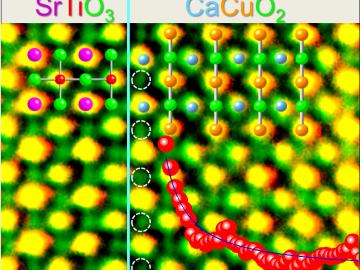
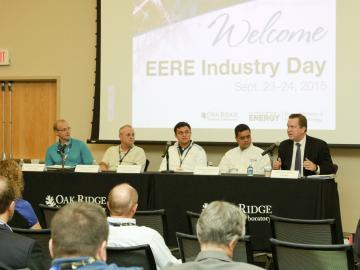
Winners of the inaugural Buildings Crowdsourcing Community Campaign were announced today at the Department of Energy’s Industry Day event at Oak Ridge National Laboratory. ORNL launched the crowdsourcing platform in March 2015 to give innovators an opportunity to present idea...
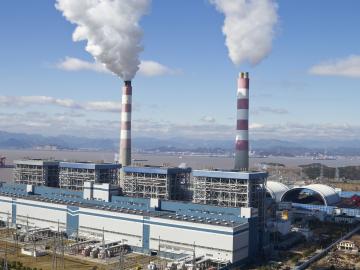
fuel carbon emissions, a distinction it still maintains. But exactly how much carbon China releases has been a topic of debate, with recent estimates varying by as much as 15 percent. “There’s great scruti...



